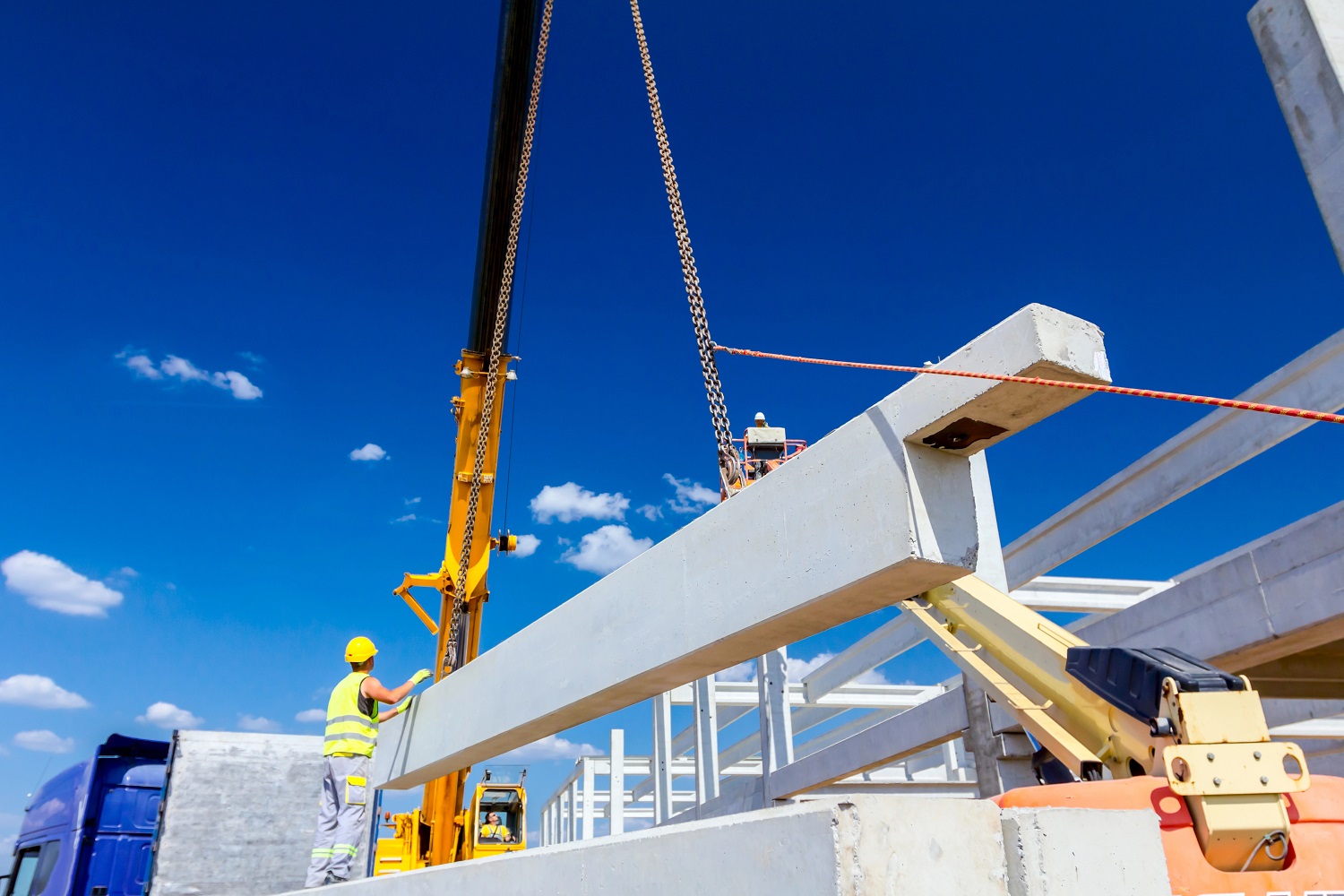The Critical Role of Taglines In Rigging

A tagline is an essential tool in rigging operations. It helps control and stabilize loads during crane operations or other heavy-lift processes. Taglines, typically ropes or cables, are attached to the load and manipulated by personnel on the ground. They guide, position, and prevent unwanted load motion, ensuring a safer and more controlled lift. Taglines are critical in minimizing the risk of accidents, injuries, or damage to the load and surrounding property.
The Purpose of a Tagline in Rigging
During lifting operations, especially those involving cranes or hoists, loads can swing or rotate unexpectedly due to factors such as wind, uneven weight distribution, or the dynamic movement of the crane. Without taglines, this motion can pose significant risks to the load and the workers nearby. A tagline gives ground operators control over the load’s movement, allowing them to stabilize it and reduce hazardous motion like spinning or swaying.
A tagline is amplified when loads are lifted in tight spaces near other equipment, buildings, or people. In these environments, precise control is required to prevent the load from contacting obstacles or causing harm. Taglines act as a safety buffer, ensuring the load remains on course during the lift.
Key Benefits of Using Taglines in Rigging
- Increased Control Over the Load: A tagline gives workers better control over a load’s movement, minimizing the risk of it swaying or spinning uncontrollably. This is especially important when working with irregularly shaped or unbalanced loads, which can easily become unstable during lifting.
- Enhanced Safety: Safety is the primary concern in any rigging operation, and taglines contribute significantly by ensuring workers can safely manage the load’s movement from a distance. This reduces the risk of injury caused by sudden or unpredictable load movements.
- Improved Load Positioning: Taglines help position loads with greater precision, especially when lowering the load into tight spaces or when the exact placement is critical. Operators can make fine adjustments using taglines without handling the load, which can be physically hazardous.
- Mitigation of Environmental Factors: Wind is common in rigging operations, especially on outdoor construction sites. Wind can cause a suspended load to swing or rotate, increasing the likelihood of accidents. Taglines allow workers to counteract the effects of wind, keeping the load stable and preventing uncontrolled motion.
Types of Taglines
Taglines come in various materials and designs, each suited to specific lifting operations:
- Natural or Synthetic Fiber Ropes: These are common tagline choices due to their lightweight and flexible nature. They are often used for lighter loads or in environments where the risk of cutting or damaging the rope is low.
- Wire Ropes: Wire ropes may be used for heavier loads or situations where greater durability is needed. They are more resistant to wear and tear but can be less flexible than fiber ropes.
- Polypropylene Ropes: These synthetic ropes offer excellent strength-to-weight ratios and are resistant to environmental factors such as UV light, making them a popular choice for many outdoor rigging applications.
Best Practices for Using Taglines in Rigging
To ensure the effectiveness of taglines and maintain safety throughout the lifting operation, there are several best practices that workers should follow:
- Proper Attachment: Taglines should be securely attached to the load in a way that provides optimal control but does not interfere with the rigging itself. Typically, taglines are attached at points that allow workers to counteract the load’s rotation or swinging most effectively.
- Adequate Length: The length of the tagline must be sufficient to allow workers to remain safe from the load. Standing too close to the load while manipulating the tagline can put workers at risk in case of sudden movement.
- Correct Positioning of Workers: Workers handling the tagline should position themselves so they are not in the load’s potential path if it starts to swing or rotate unexpectedly. Staying out of the load’s direct path minimizes the chance of injury.
- Clear Communication: Effective communication between the tagline handlers and the crane or hoist operator is essential. Everyone involved in the lift must know the plan for controlling the load, especially if multiple workers are handling taglines simultaneously.
- Training and Awareness: Proper training on using taglines is essential for all workers involved in the rigging operation. Workers should understand how to handle the tagline, the correct techniques for guiding loads, and how to react in emergency situations where load control is lost.
Common Challenges with Taglines
While taglines are incredibly useful, some challenges and risks are associated with their use. For example, improperly handling a tagline can result in a worker being pulled off balance or, worse, being dragged toward the load. This is especially dangerous when working with large or heavy loads. Workers must remain vigilant and ensure that they are not caught in a dangerous position while handling the tagline.
Additionally, in some cases, a tagline can become tangled or caught on nearby obstacles, compromising the load’s control. Ensuring the area around the lift is clear and free of potential obstructions can help mitigate this risk.
____________________________________
In the rigging world, taglines ensure that lifting operations are carried out safely and efficiently. By giving ground workers control over the load’s movement, taglines help prevent accidents and damage caused by uncontrolled swings or rotations. With the right materials, attachment techniques, and safety practices, taglines are indispensable in modern rigging operations, enhancing both safety and precision.
Anyone involved in crane and rigging work must understand how to use taglines effectively. Proper training and awareness are the keys to successful operations. Whether managing heavy or awkward loads in complex environments, the tagline remains one of the simplest yet most effective tools in the rigger’s arsenal.
